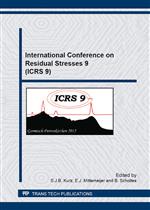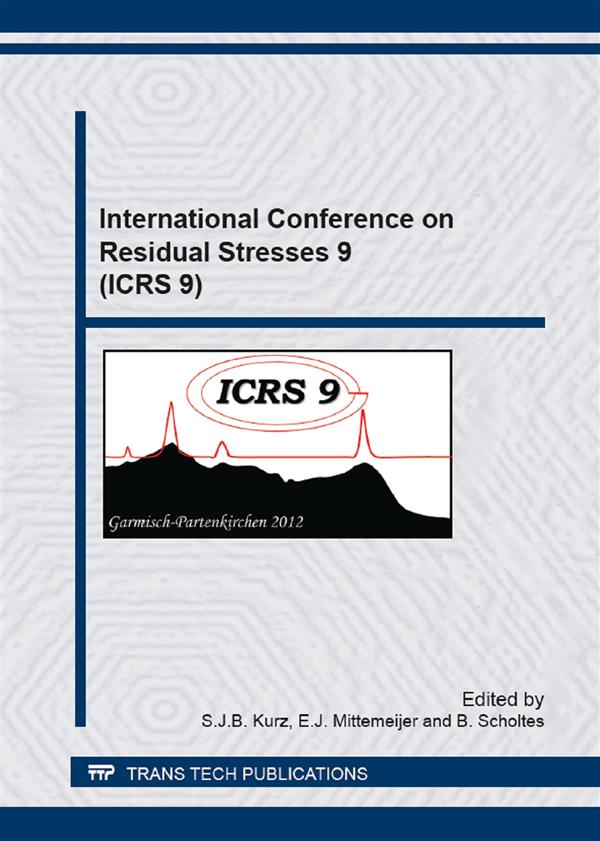Engineering Research
Materials Science
Engineering Series
International Conference on Residual Stresses 9 (ICRS 9)
Description:
Volume is indexed by Thomson Reuters CPCI-S (WoS).
Purchase this book:
Info:
Review from Ringgold Inc., ProtoView:
The 98 selected papers explore the nature and causes of residual stresses in materials as a step either to reducing them or putting them to good use. They cover analyzing stress by diffraction methods, mechanical methods, and other methods; instrumental developments; stress gradients in thin films; local stresses in microstructures; manufacturing processes; mechanical surface treatment; welding and joining; and material loading, damage, and component life. Among the topics are analyzing texture depth distribution by energy-dispersive diffraction, a standard sample package for calibrating X-ray stress measurement, studying ductile damage progression in an aluminum single crystal using synchrotron white X-ray, identifying weld residual stresses using diffraction methods and their effect on fatigue strength of high strength steel welds, and residual stresses in roller bearing components.

